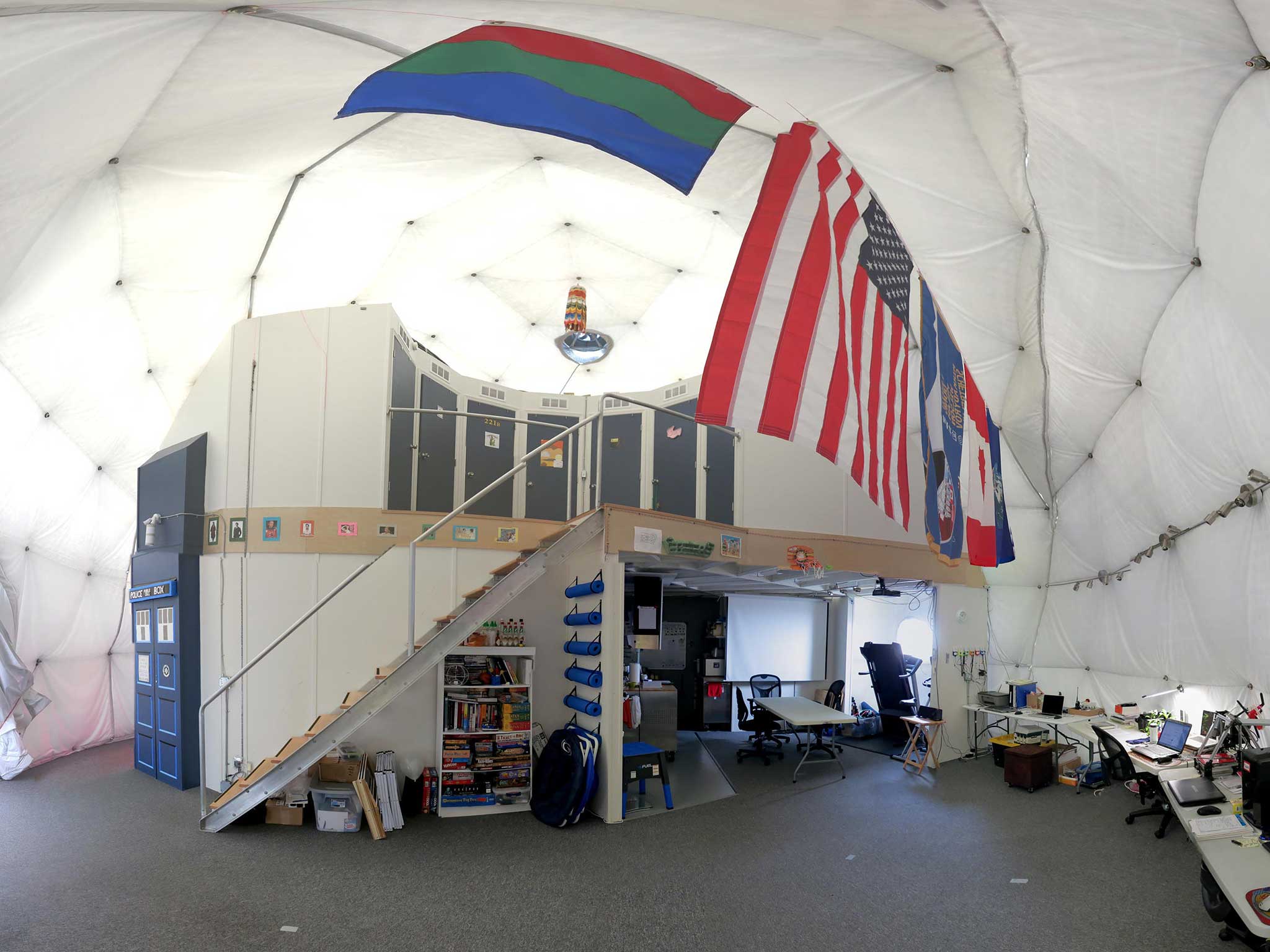Nasa team start one-year isolation experiment in dome to simulate life on Mars
6 people will have no contact for a next year after sealing themselves off on Friday

Six Nasa recruits have begun a year-long isolation programme in order to simulate life on Mars.
The project, which started at 3pm on Friday, will be the longest of its variety ever attempted and will place the volunteers under constant scrutiny as they attempt to co-exist on a barren volcano in Hawaii.
Volunteers, a French astrobiologist, a German physicist, and a pilot, an architect, a journalist and a soil scientist all from the US, will live under a prefabricated dome measuring 36ft wide.
They will be unable to leave the dome without a spacesuit, and will be forced to go without fresh air, food – or privacy, for an entire year.
Every move will be monitored by cameras, body movement trackers as researchers assess the group’s cohesion over time in the hope of gaining a better understanding of the effects of isolation.


"I think one of the lessons is that you really can't prevent interpersonal conflicts. It is going to happen over these long-duration missions, even with the very best people," Kim Binsted, a Nasa investigator, told the BBC.
Presently, the shifts on the International Space Station (ISS) last for six months, although the space agency has recently trialled four-month and eight-month isolation tests.
Join our commenting forum
Join thought-provoking conversations, follow other Independent readers and see their replies
0Comments